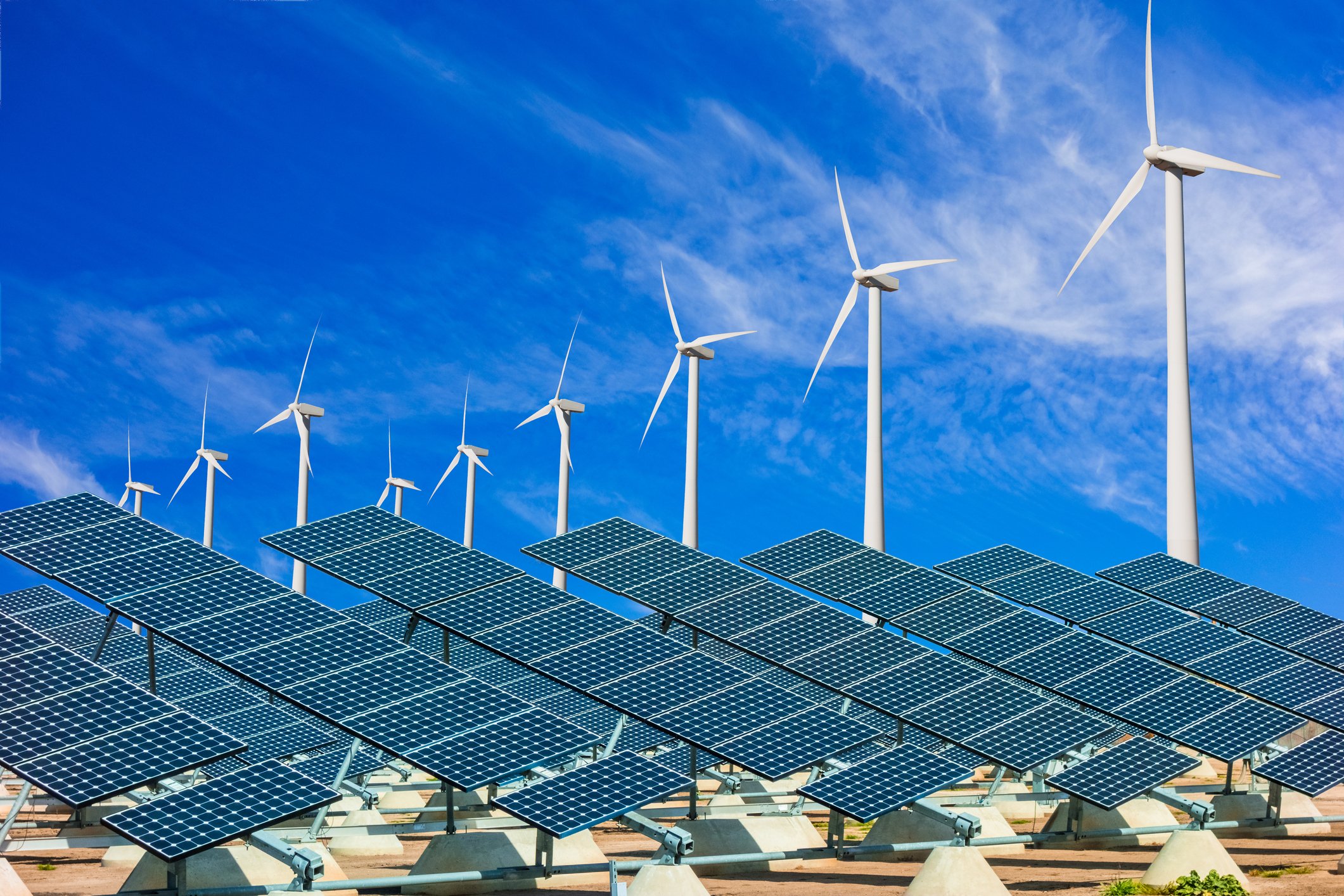Utilities usually generate stable revenue, since government entities regulate the rates they charge while demand for electricity and gas typically remains relatively steady even during a recession. Utility stocks therefore tend to outperform other sectors when the economy hits a rough patch.
However, the current downturn from the COVID-19 outbreak is so challenging that it's even having an impact on utilities. That's evident in the performance of the Utilities Select Sector SPDR EFT, which has bounced around quite a bit over the past few weeks. Overall, the average utility stock has lost about 8% of its value this year and 16% from its 2020 peak.
Here's a look at why utility stocks have been under pressure.

Image source: Getty Images.
Scrambling for cash
Because utilities generate steady revenue, they allocate capital differently from most other companies. They usually pay out the majority through dividends -- 65% on average last year -- while relying on debt to help finance growth.
That funding strategy works well in most market conditions. However, with the credit markets going haywire last month, utilities scrambled to raise cash just in case. Overall, they lined up $14 billion in cash and credit by selling bonds or drawing on their credit facilities, often paying a premium for this funding.
NextEra Energy (NEE +1.54%), for example, sold $1.1 billion of five-year notes at a rate more than double what it paid for similar financing in early 2019. American Electric Power (AEP 0.31%), meanwhile, drew on its $1 billion credit line because that was a cheaper way to shore up its cash balance. Duke Energy (DUK 0.08%) and Dominion Energy (D +0.71%) both secured new bank financing as well as issuing some additional bonds. These moves will help ensure they have the funding needed to maintain and expand their operations during these uncertain times.
Rate increases at risk
Because government entities regulate rates, utilities need to get approval for increases. According to an estimate from Moody's, utilities have requested $6.4 billion in rate increases that are currently pending. Duke has the largest request at $1.5 billion, followed by Edison International (EIX 1.70%) at $1.3 billion.
Given the impact COVID-19 is having on the economy, including skyrocketing unemployment, regulators might not approve these increases at this time. If they don't, then those companies might not grow their earnings or their dividends.
Demand is under pressure
While electricity consumption tends to remain relatively steady throughout a recession, that hasn't been the case during the COVID-19 outbreak. Because of the restrictions on nonessential businesses, power demand in the country fell 6.1% in early April from the year-ago level. That put electricity consumption at its lowest point since 2003, according to an analysis from the Edison Electric Institute. Meanwhile, the U.S. Energy Information Administration expects electric demand to fall by 3% overall this year because of business closures.
That demand decline will probably disrupt utility operations for at least the next 18 months, according to the latest outlook from Wood Mackenzie. It will probably cause more companies to retire aging and expensive fossil fuel power plants as well as reduce investments on energy efficiency projects and new renewable energy capacity.
American Electric Power has already warned that the COVID-19 outbreak will probably adversely affect its financial results. It also said it might not be able to complete some maintenance and capital projects because of supply shortages as a result of the pandemic's impact on the global supply chain. Dominion, meanwhile, plans to retire two power plants in Virginia -- one coal-fired and the other oil-fired. One factor driving the early closures -- which will force the company to take abandonment charges of $500 million to $650 million -- is lower power prices as a result of the COVID-19 outbreak.
Expect some impact on growth
Most large electric utilities expected to grow their earnings and dividends at a mid-single-digit annual pace over the next few years. However, with the COVID-19 outbreak affecting so many aspects of the sector, it will be harder for them to achieve those forecasts. That could cause utility stocks to remain uncharacteristically volatile until the economy gets back on solid ground.










